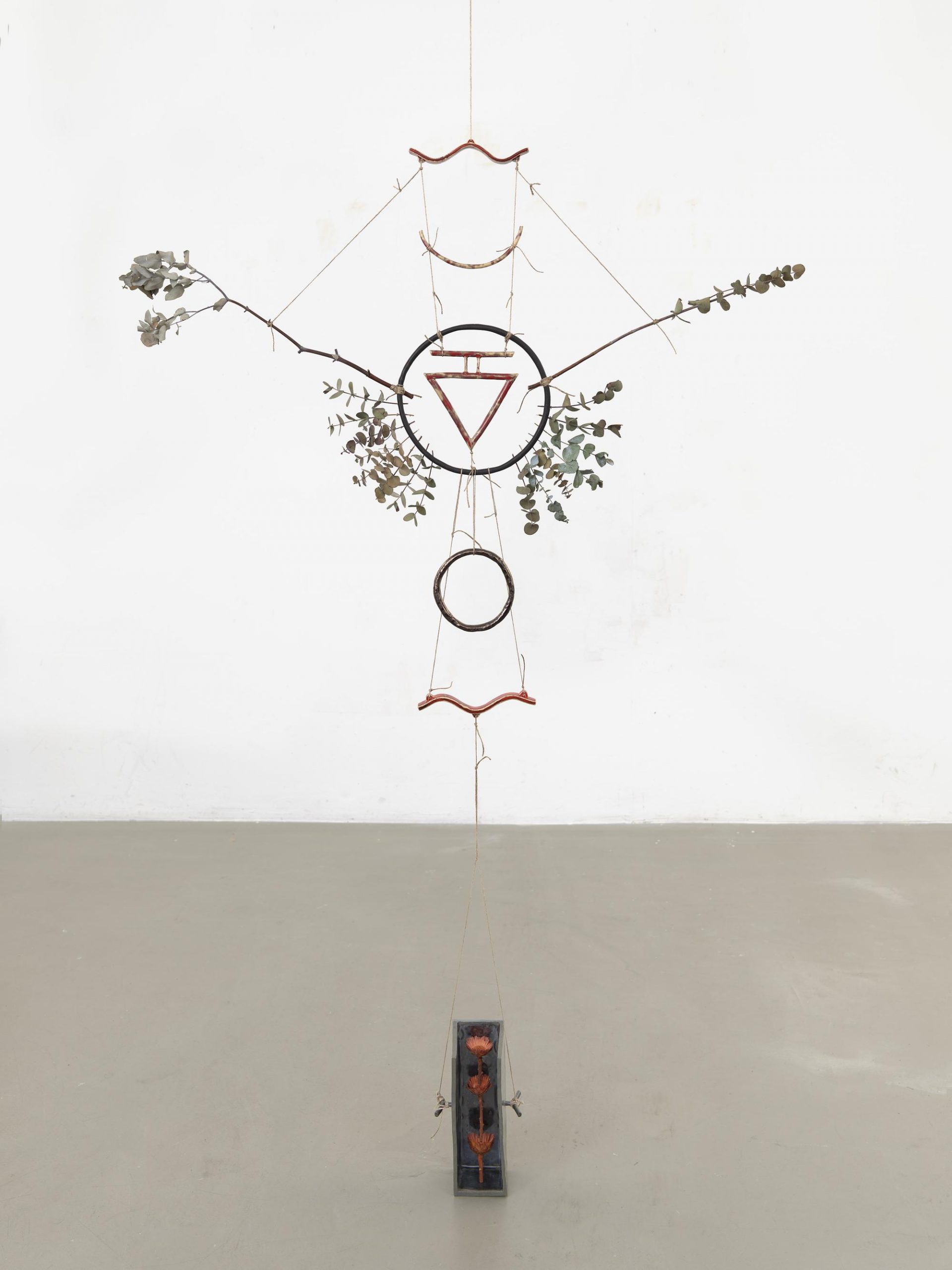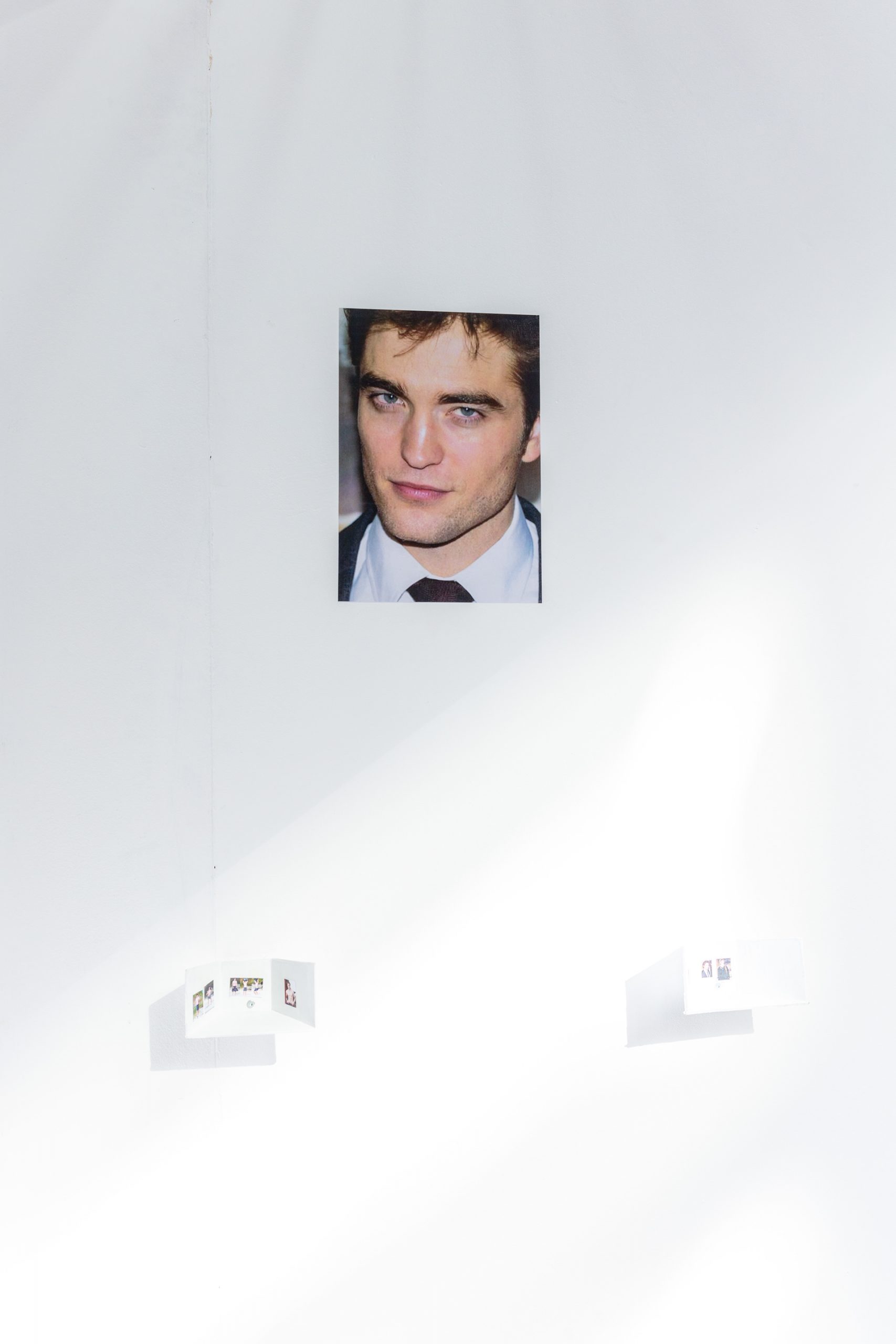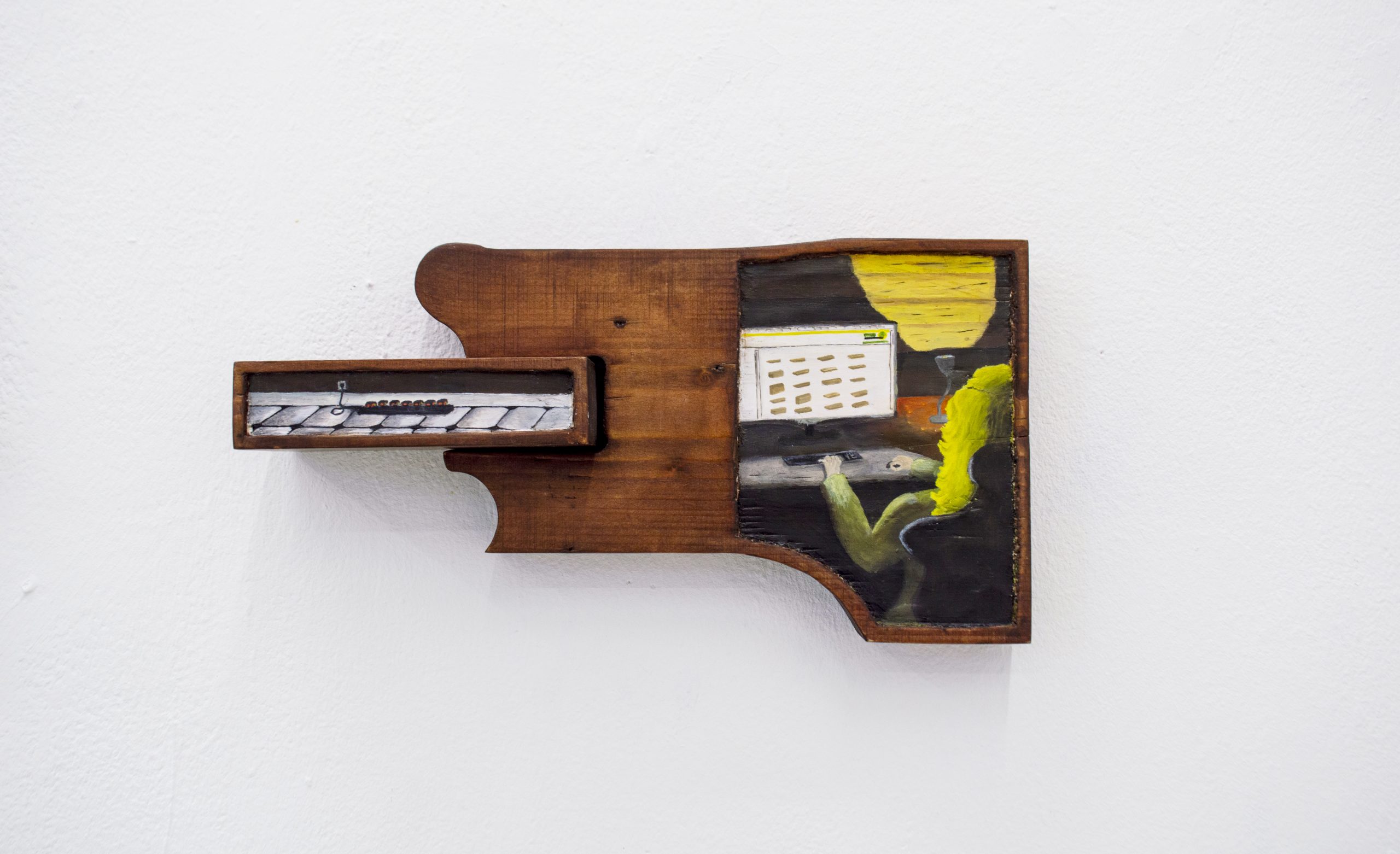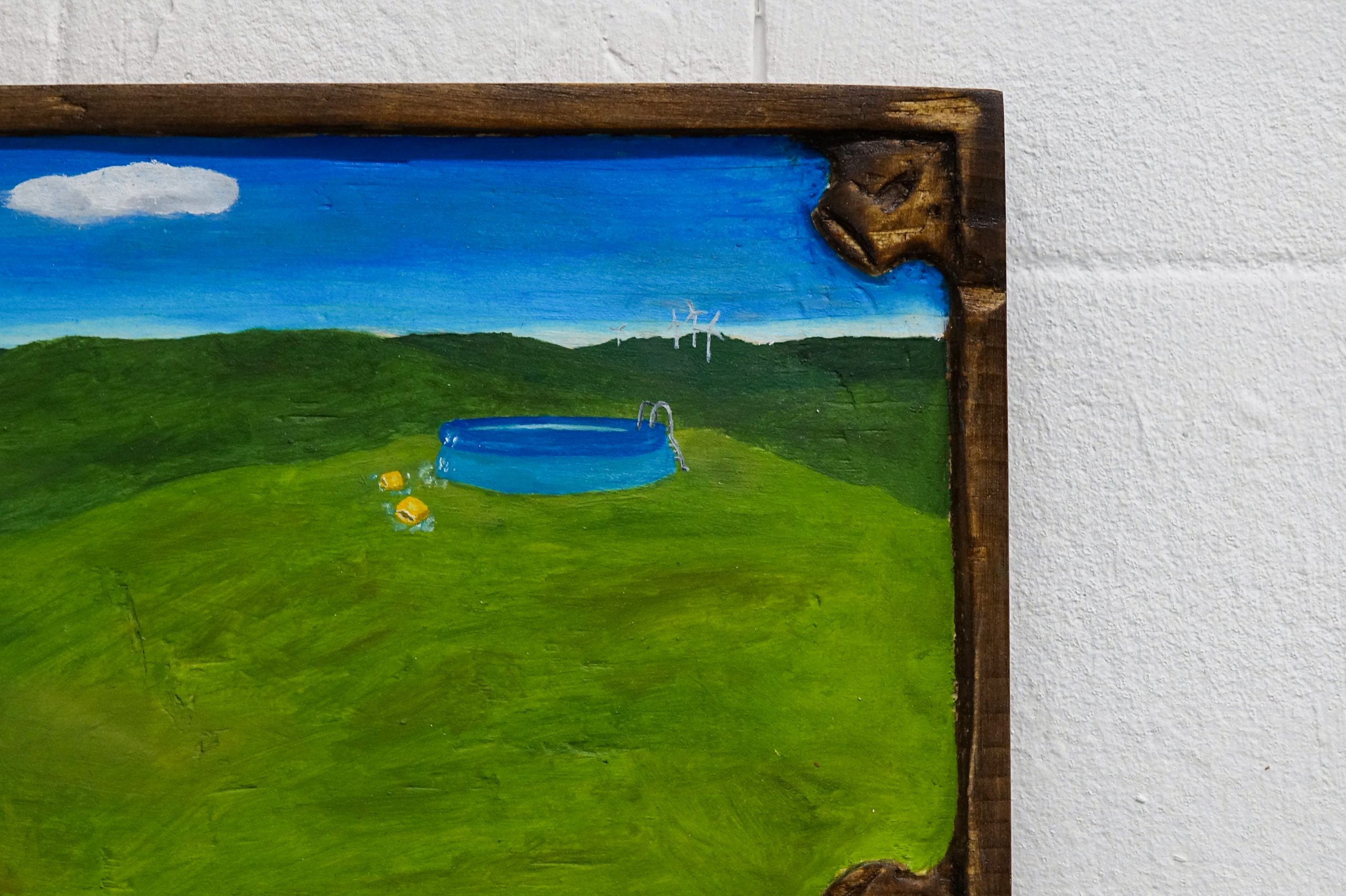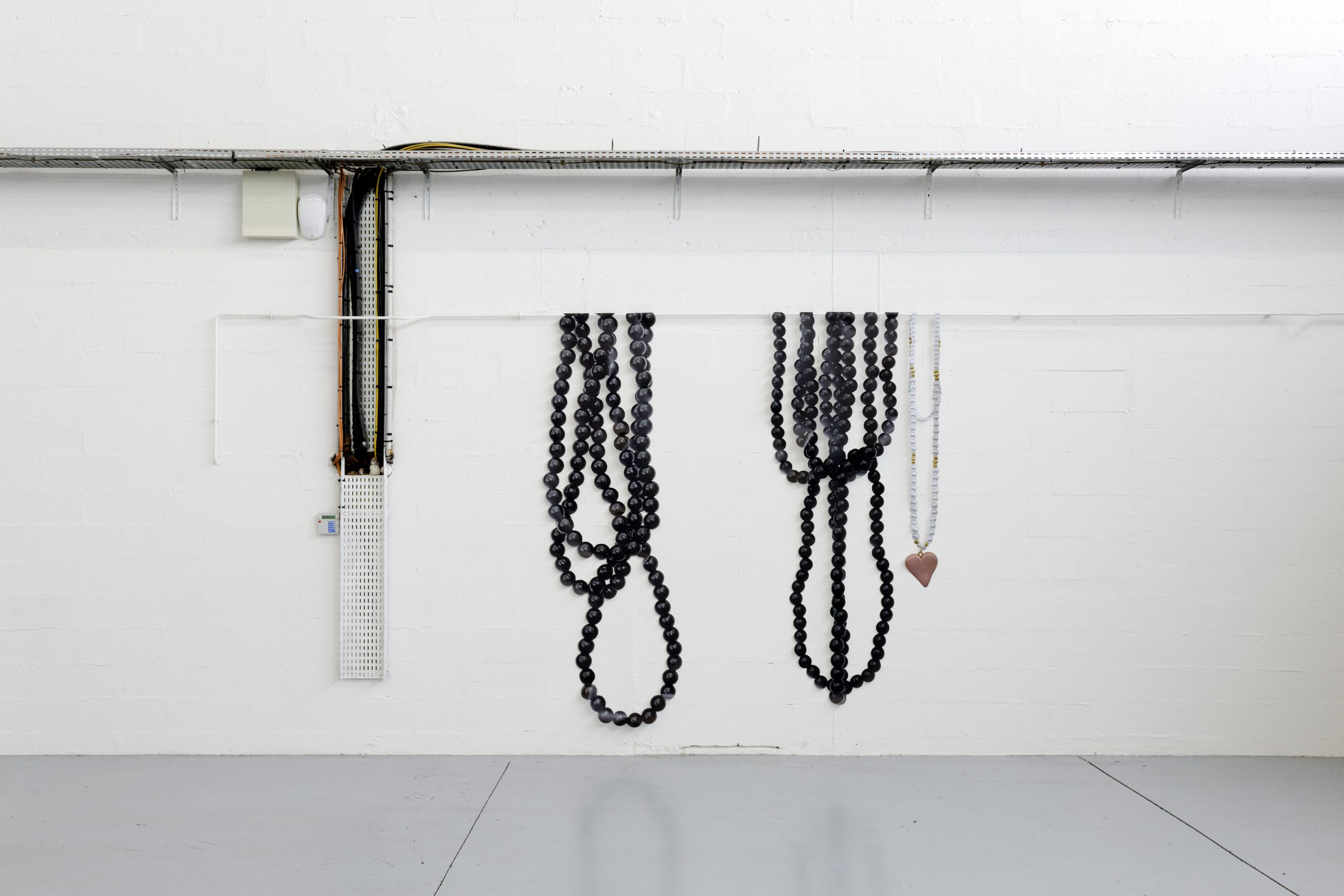Shrine
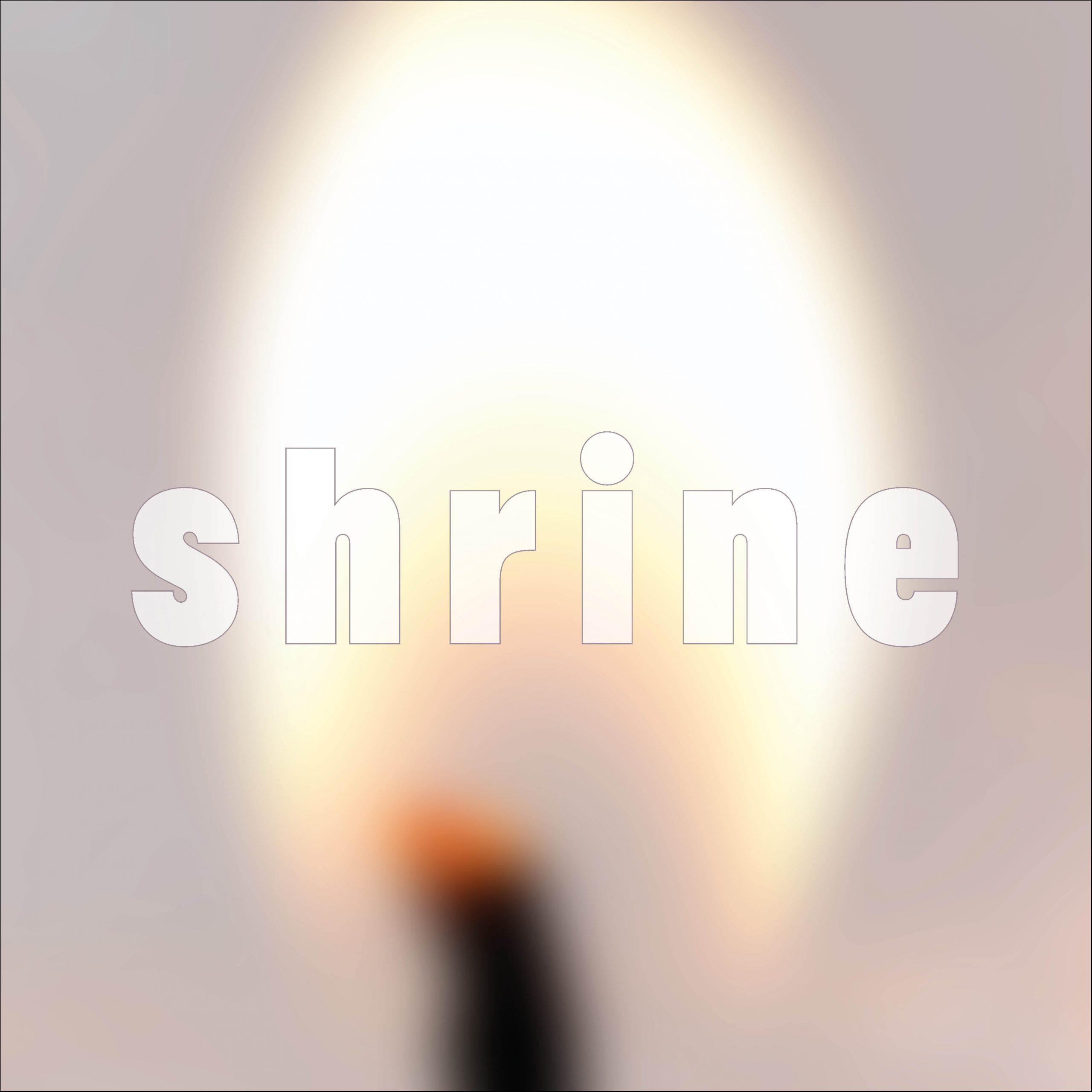

Artists: Laura Mercedes Arndt, Indigo Deijmann, Tristan Feminier, Christina Krys Huber, Max King, Dietrich Meyer, Alice Morey, Peggy Pehl, Mika Schwarz
The oldest shrines found to this date by archaeologists are in a series of circular structures excavated on the Anatolian Peninsula, dating back to nearly 10.000 years ago. All we can say is that the shrines on Potbelly Hill (Göbekli Tepe) are the oldest we have found. This does not mean they are truly the oldest or the first. The bodies of dead gods might still be buried under mounds we mistake for simple hills, or visited by fish only in the depths of the sea, in areas that were above sea level at one ice age or another.
History is a tapestry of eras and ages. Every human being shares a single planet with all others, but not a single world.We do not live homogeneously, not only due to the socioeconomic inequalities on Earth today. Certain societies become secularised, and their shrines attain different functions. In Maastricht, a 700-year-old cathedral became a bookstore.
In other areas of the world, bookstores become churches. In multicultural countries, monotheistic communities live side by side with polytheistic ones. In one neighbourhood, a single god delivers his ten commandments to new batches of children every year, and just a few kilometres away new initiates receive their head blessing and become children of an entity in a pantheon of many gods.
Our oldest worshipping behaviour must have arisen from similar questions: awe at certain natural phenomena, beautiful as the aurora borealis, or terrifying as a volcano eruption or earthquake. We imbue the inanimate with an 'anima', with volition and consciousness. In animistic societies, everything that lives has a soul and divinity, from humans to ants. We bury our dead and create our ancestors, our guides. Death is a maker of gods. Shrines have a double function. Whatever is placed on a shrine is declared worthy of protection. Worthy of worship. Once protected and worshipped, its function becomes to protect the worshipper in exchange. It is a value exchange system.
How do we select objects and people in our world to declare them godly? What need is served by worship even in secular cultures? The saint and the idol. The hero and the lover. The leader and the star. We elevate some, and by consequence, bring down others? Is there a person on the planet who does not worship anything or anyone? In front of mirrors, individuals make hundreds of their bodies in the hope they too will worshipped. To be an Apolo. To be a goddess. Entire nations select symbols in the hope their citizens remain united under one flag, despite their differences. Our species might be addicted to worshipping.
Teenage boy bands break up and fans commit suicide. A man stalks a female pop star in an obsessive manner. Human beings set themselves on a fire in protest, living shrines of ideas such as Justice and Freedom, who are often personified in statues that imitate those of ancient gods. Is the New York Stock Exchange a temple and a shrine? Is the Old Bailey in London, or the Reichstag in Berlin? Is Route 66 a horizontal shrine? Is the monument in Ostia, where Pier Paolo Pasolini was murdered, a shrine? Is Carnegie Hall a temple of music? Is the site of the World Trade Center a temple? Is the bedroom wall of a fifteen year old girl filled with posters of a Justin, be it a Timberlake or a Bieber, also a shrine?
This exhibition at Studio Hanniball brings together nine artists that investigate worship in different contexts of our heterogeneous world. How about you? What do YOU worship?
Text written by Ricardo Domeneck
Special Art Week Opening Hours:
Saturday: 2-6pm
Sunday: 2-6pm
Opening 15. Sep 6:00 PM
Performance during Opening 15. Sep 9:00 PM
